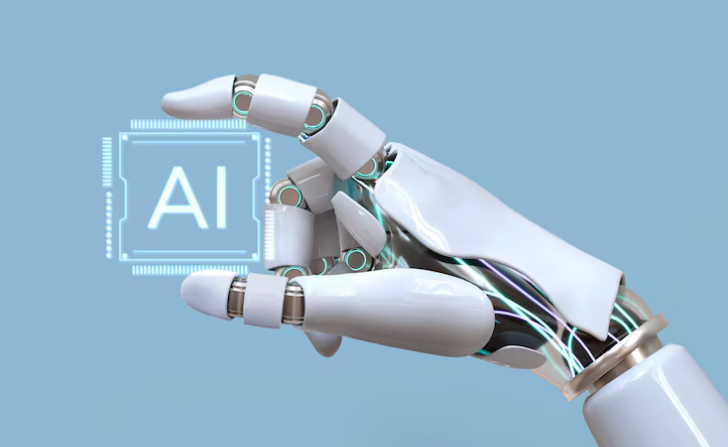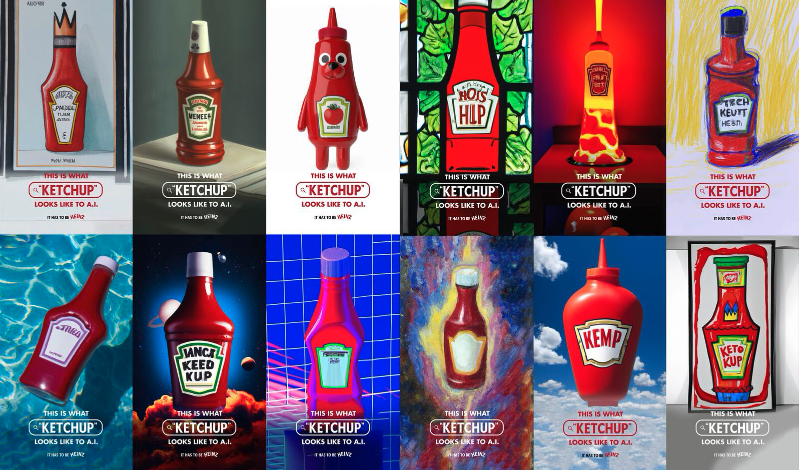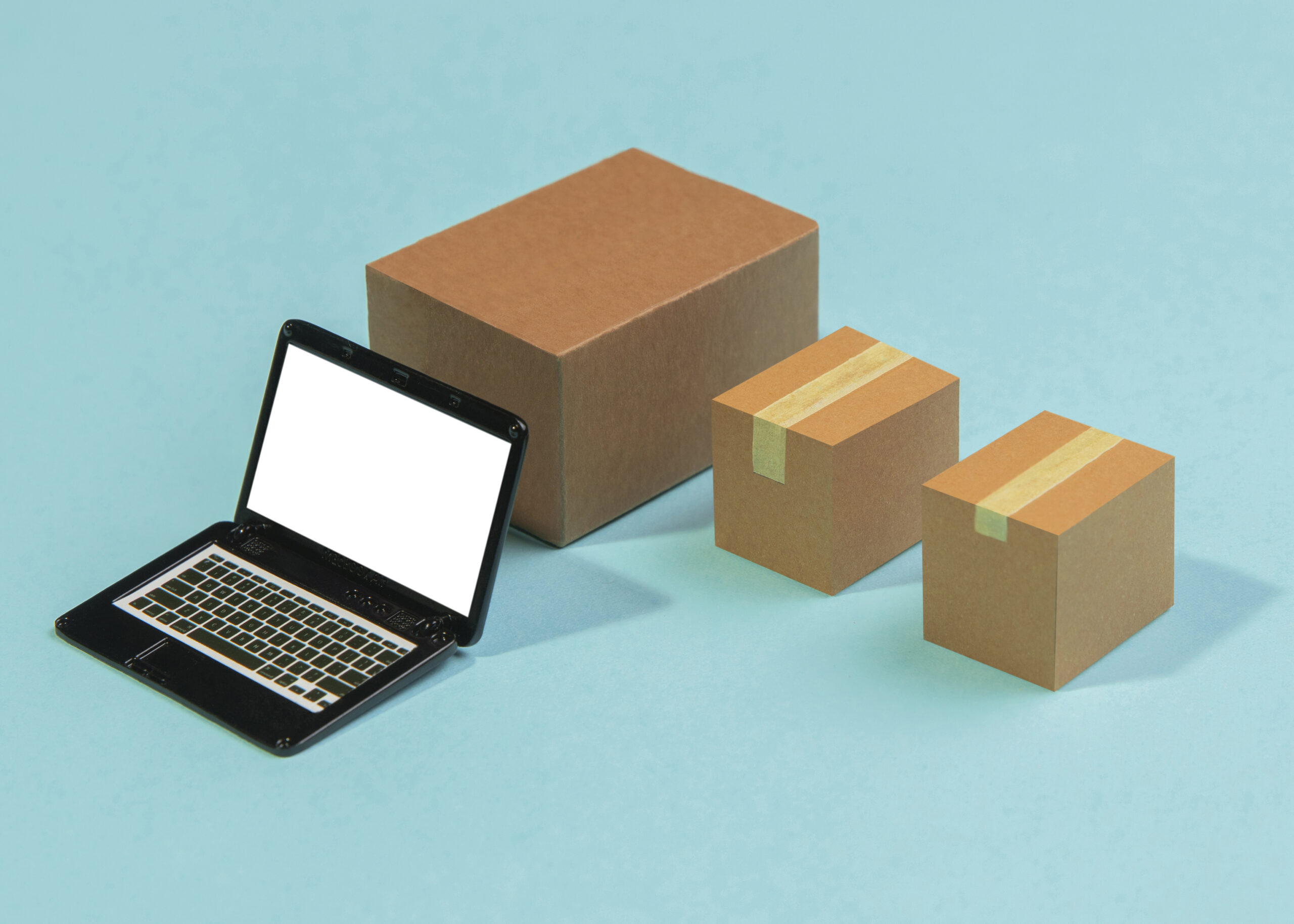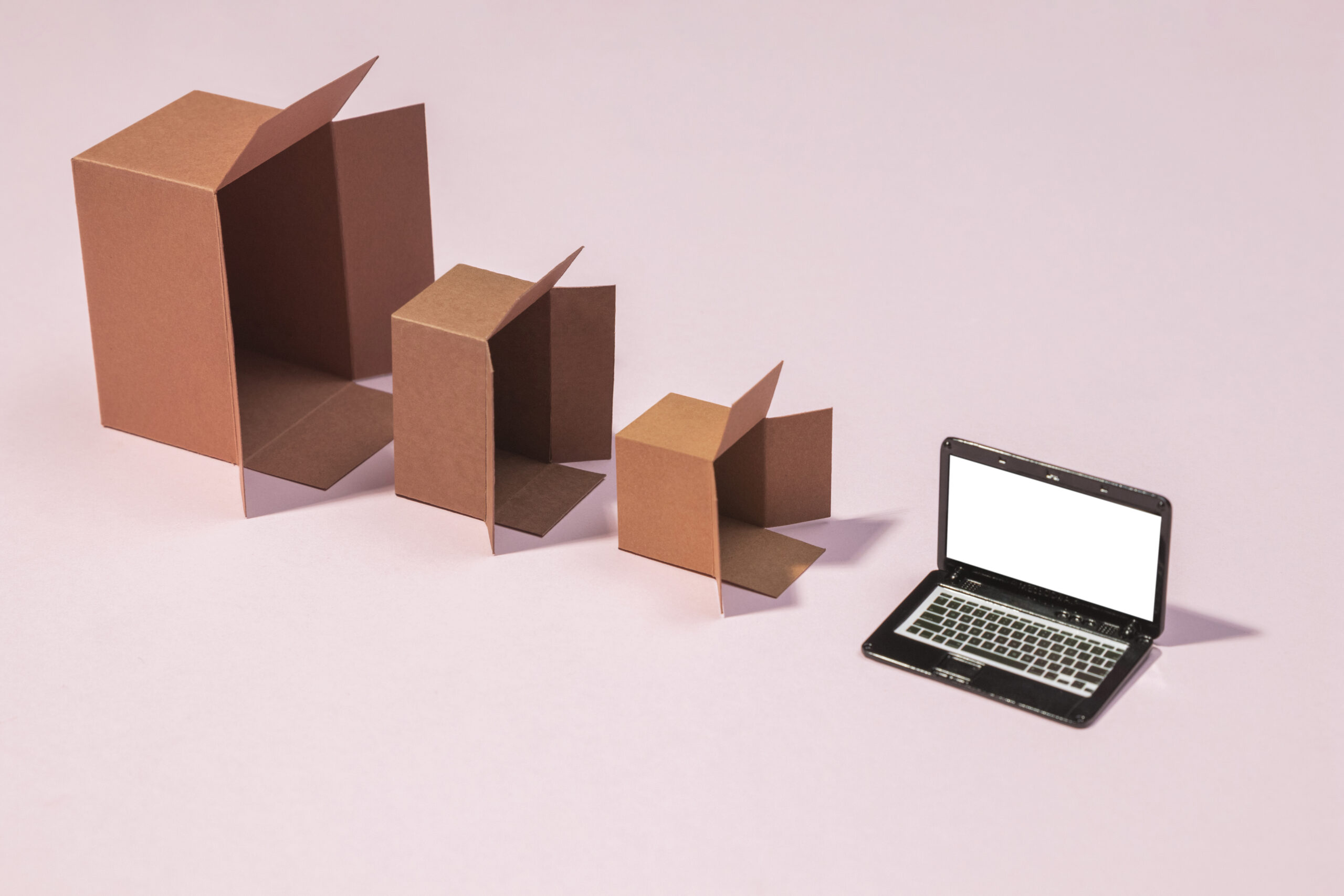Packaging is much more than a simple wrapper. It is the letter of presentation of a product, a communication channel with the consumer and a key factor in the purchase decision. In a world where technology is advancing by leaps and bounds, Artificial Intelligence (AI) is revolutionizing the way we design, produce and optimize packaging.
From personalization to sustainability, AI is transforming packaging into a smarter, more efficient and attractive element. While packaging design has always required creativity and innovation, it is now supported by powerful algorithms capable of analyzing data, forecasting trends and creating optimized solutions in record time.

How is AI impacting packaging design?
Artificial Intelligence is present in different phases of the packaging development process, from the conception of the idea to production and distribution. Let’s look at some of its most notable applications:
-
Generative design: creating innovative packaging
Thanks to generative design algorithms, AI can analyze thousands of combinations of colors, shapes, materials and fonts to create visually attractive and functional packaging. The result? Optimized designs in terms of aesthetics, usability and costs.
Additionally, generative design not only speeds up the creative process, but also allows brands to explore options they might not have considered manually. With the ability to test countless variables in seconds, AI helps find the perfect balance between functionality, visual impact and sustainability.
-
Mass customization: unique packaging for each client
Consumers are increasingly looking for personalized products, and AI makes it possible to produce packaging tailored to each user. By analyzing behavioral data, social media, and purchase history, brands can offer packaging that emotionally connects with their customers.
A great example is the case of Heinz, which used AI to create personalized labels based on consumers’ drawings, turning each ketchup bottle into a unique piece.

-
Materials optimization: more sustainability, less waste
Sustainability is a priority in the world of packaging, and AI helps reduce environmental impact by optimizing materials. Advanced algorithms can identify the best combination of recyclable, biodegradable and compostable materials, minimizing waste and production costs.
Additionally, AI can predict consumption patterns and optimize production and distribution logistics, reducing unnecessary material use and carbon footprint.

-
Augmented reality (AR) + AI: interactive experiences
The combination of AI and augmented reality is taking packaging to another level. By scanning a package with a smartphone, consumers can access interactive content such as product information, games, promotions and immersive brand experiences.
This combination not only improves the user experience, but also allows brands to tell stories in innovative ways and generate greater engagement. Some practical applications include:
Product traceability: Information on the origin, manufacturing process and quality certifications.
Interactive instructions: 3D demonstrations or explanatory videos on the use of the product.
Gamification and rewards: Challenges or games that encourage customer loyalty with discounts and prizes.
Personalized augmented reality: Unique experiences based on consumer interests.

-
Quality control and defect detection
AI is also being used in production to detect errors in packaging before they reach the market. Through the use of artificial vision and machine learning, factories can identify defects in real time, ensuring higher quality and reducing waste.
The future of packaging with AI: Where are we going?
The future of packaging will be increasingly smart, efficient and sustainable thanks to AI. Here are some key trends that will mark the sector in the coming years:
Packaging 100% smart: Integration of sensors and smart labels that allow tracking the freshness of products in real time.
Full design automation: AI tools capable of creating optimized packaging without human intervention.
Eco-friendly materials developed with AI: Algorithms designed to discover new sustainable alternatives to traditional plastics.
Greater customization and immersive experiences: Packaging that evolves based on user preferences, offering exclusive and dynamic content.
AI is transforming packaging design in a way that previously seemed impossible. Brands that embrace this technology will not only improve their efficiency and sustainability, but will also achieve a deeper connection with consumers.

